I have a cable with 3 X 10 AWG stranded conductors, L1, L2 and Earth. This cable will need to pass 32 amps of continuous current for 24+ hours at a time. I have this contactor:

As you can see, the contactor has box screws (is that what they are called?) and I intend to use them as the UL standard for "faston" (quick connect) crimp terminals won't allow for more than 25A continuous through a yellow terminal. Actually, maybe someone could confirm this for me?
I feel a bit cheap shoving the AWG 10 stranded wire into the hole and clamping it down with the screw. I realize this may actually be the best method, but I am wondering if there is a cleaner, safer alternative.
I thought of using something like this but for the life of me, I can't find a current rating. I can't even find a confirmation that it will handle as much as the conductor it's crimped to. Also, I'm not sure that this would create a better contact in the contactor than just bare wire...
I would appreciate any insight! Thanks!


